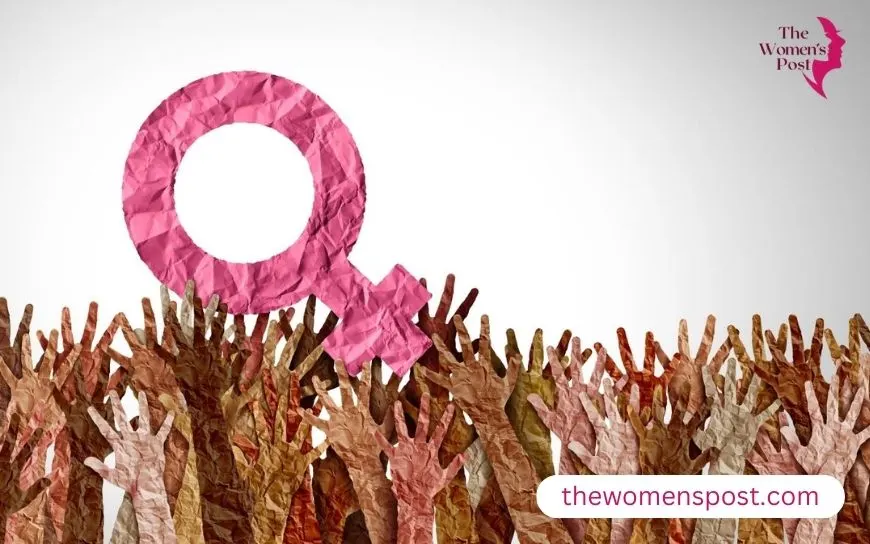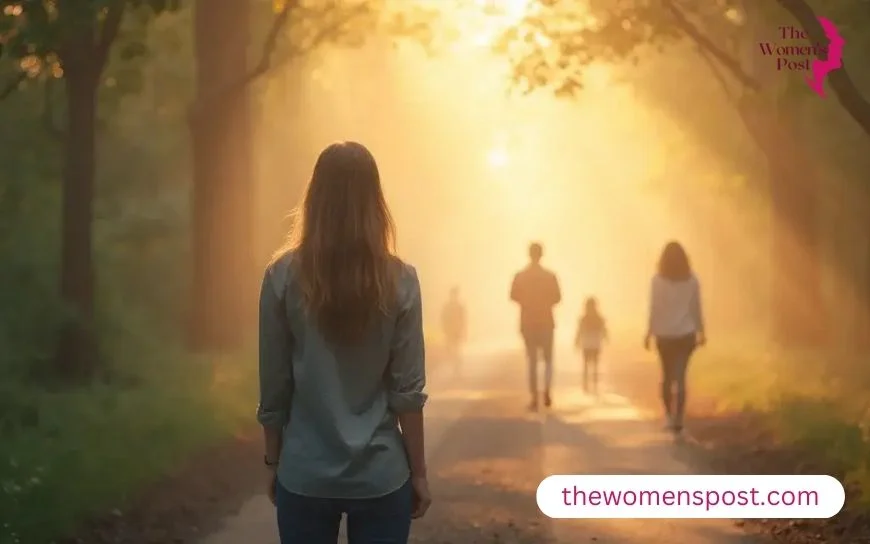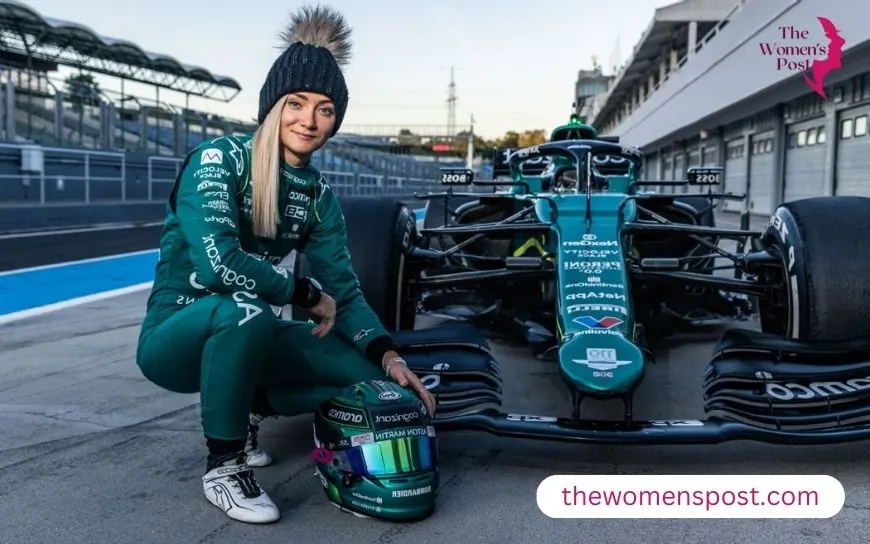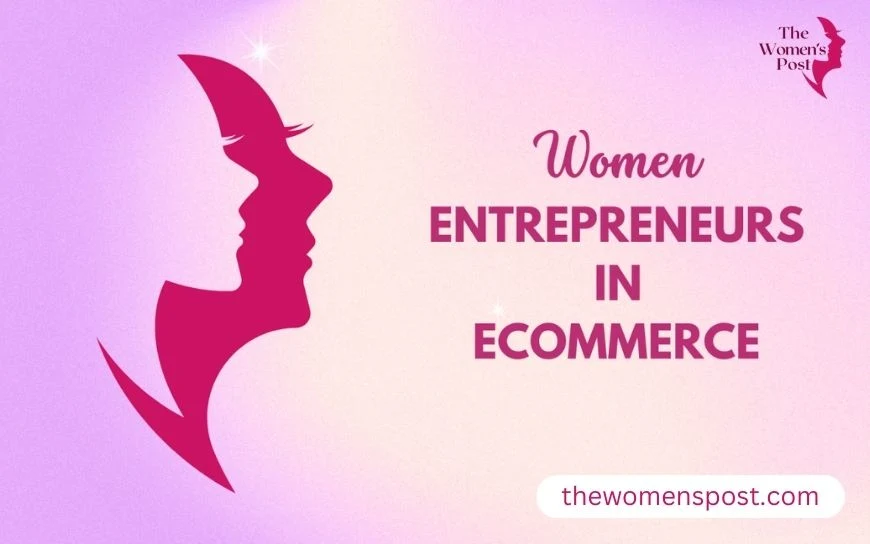Eco-Feminism: The Revolution Where Women and Nature Rise Together

There’s something really powerful about witnessing a woman plant a seed, care for it on a regular basis, and watch it grow. That simple deed embodies millennia of wisdom, grief, nurture, and resistance. Imagine the same woman standing in front of a bulldozer, attempting to safeguard a forest. Her body is caught between death and life.
This is not only a metaphor. It is the essence of eco-feminism, where environmental justice and gender equality intersect like roots under the earth – hidden yet intimately intertwined.
The Seed of Ecofeminism
Françoise d’Eaubonne, a French feminist, coined the term ecofeminism in the 1970s. But, actually, its spirit has lived for a long time—in indigenous communities, in stories of rural women fighting land seizures, in moms seeking safe water for their children.
At its core, eco-feminism thinks that both environmental plunder and women’s oppression have patriarchal roots. Systems that see land as a resource to dominate frequently regard women in the same way: as objects to be controlled, silenced, and exploited.
Sounds familiar?
Let us break it down.
Shared Struggles: Women and the Earth
Imagine a community where the river has run dry. Who walks longer each day to get water?
Imagine an oil spill. Who suffers when fisheries are decimated and local economies fail?
Imagine climate change. Who is disproportionately displaced by floods or droughts?
It’s largely ladies. Particularly impoverished ladies. Particularly women of colour.
In many cultures, women are the major carers and suppliers of food and water. When the environment suffers, their responsibilities grow – physically, emotionally, and financially. They become the first responders in an unseen disaster. However, they are rarely viewed as experts or decision-makers in environmental issues.
In summary, women are the first and most deeply affected by the harm.
Voices from the Ground: Real-Life Ecofeminist Warriors
Ecofeminism is not simply a theory. It’s a lived reality. It’s a protest. It’s about survival.
- Vandana Shiva – India
Vandana Shiva, an environmentalist and physicist, has become a global advocate for ecofeminism. She opposes genetically engineered seeds and corporate control over agriculture. What’s her message? Women’s traditional knowledge of farming and seed-saving is not archaic; it is revolutionary.
She once stated, “Nature isn’t separate from us. “We are Nature.”
She also intended to include women. We are the dirt, the storm, and the resistance.
- The Chipko Movement: Hugging Trees for Life
In the 1970s, rural women in Uttarakhand, India, physically embraced trees to prevent them from being cut down by loggers. They were not environmental scientists. They were homemakers, mothers, and daughters, yet they understood that the forest was their lifeline.
This now-iconic campaign demonstrated how grassroots female opposition may change the way people think about the environment. Their bodies became shields. Their love for the earth turned into action.
- Berta Cáceres – Honduras
Berta, an indigenous Lenca lady, opposed the construction of a huge dam on holy ground. She was hounded and eventually killed for her advocacy in 2016. But her legacy continues on.
She showed us that ecofeminism isn’t always peaceful; it’s frequently hazardous.
Standing up for the environment frequently entails confronting authority.
Why Does Gender Matter in Environmental Justice?
Many climate debates still employ top-down, data-driven terminology. But let’s be honest: climate change is more than simply emissions and carbon credits.
It is about who lives with dignity and who is sacrificed.
Here’s where gender comes in:
- Women in developing nations account for 45–80% of the food production labour, although women control less than 20% of the land.
- During catastrophes like Hurricane Katrina, black women were among the most vulnerable and underserved.
- Women and girls are particularly vulnerable to violence and trafficking during climate migration.
- Men continue to dominate environmental agreements, despite the fact that women frequently face the brunt of the repercussions.
Ecofeminism calls not only for justice, but also for listening.
To the woman from the village.
To the mother on the floodplain.
To the girl who is unable to attend school because she has to trek six miles to get water.
Healing the Earth, Healing Ourselves
Let us not forget that ecofeminism is also about healing. It is about recovering our relationship with the land as holy, rather than merely strategic.
It’s in the way women establish kitchen gardens not only to feed their families, but also to connect with their ancestors.
Menstrual health campaigners are fighting both stigma and plastic waste.
It is in women-led cooperatives that produce biodegradable items, combating poverty and pollution.
These performances exude calm strength.
A softness that is resistant.
A resilience that does not shout but nevertheless shakes the earth.
Critiques and Complexities: Is Ecofeminism Too Romantic?
Some detractors believe that ecofeminism promotes stereotypes by tying women too closely to nature, implying that caring or emotional duties are intrinsically feminine.
That is reasonable. Not every woman aspires to be “earth mothers.” Not all guys are alienated from nature.
But ecofeminism is not about biology. It is about systems.
It is about confronting the notion that dominance — whether of trees or people — is normal. It’s about asking: What would the world be like if we prioritised empathy above extraction?
That is not weakness. That is wisdom.
Eco-feminism in 2025: Where Do We Go From Here?
The climate catastrophe is no longer a remote threat. It is here. And, while we deal with floods, fires, and failed crops, we must also deal with the social institutions that are linked to them.
The question is not simply, “How do we fix the planet?”
It’s also: “Who should we listen to? Who are we uplifting?”
Ecofeminism teaches us:
- Listen to female farmers.
- Include indigenous knowledge in climate strategies.
- Support women-led environmental projects.
- Educate females because they build stronger communities and healthier ecosystems.
- Shift away from profit-driven policies and towards community-based care.
This is not charity. It’s a strategy.
Perhaps you are reading this from a city flat. Perhaps you have never grown a plant in your life. That is okay.
Ecofeminism is more than simply forests and protests. It’s also about the modest, everyday decisions that bring us closer to caring.
Selecting a reusable cup.
Donating to a women-led non-governmental organisation.
Calling out environmental racism.
Talking to your children about empathy, not simply efficiency.
Every act of caring creates a fissure in the concrete.
Also read: The Rise of Consent Culture: What It Means for Love, Sex, and Communication?









